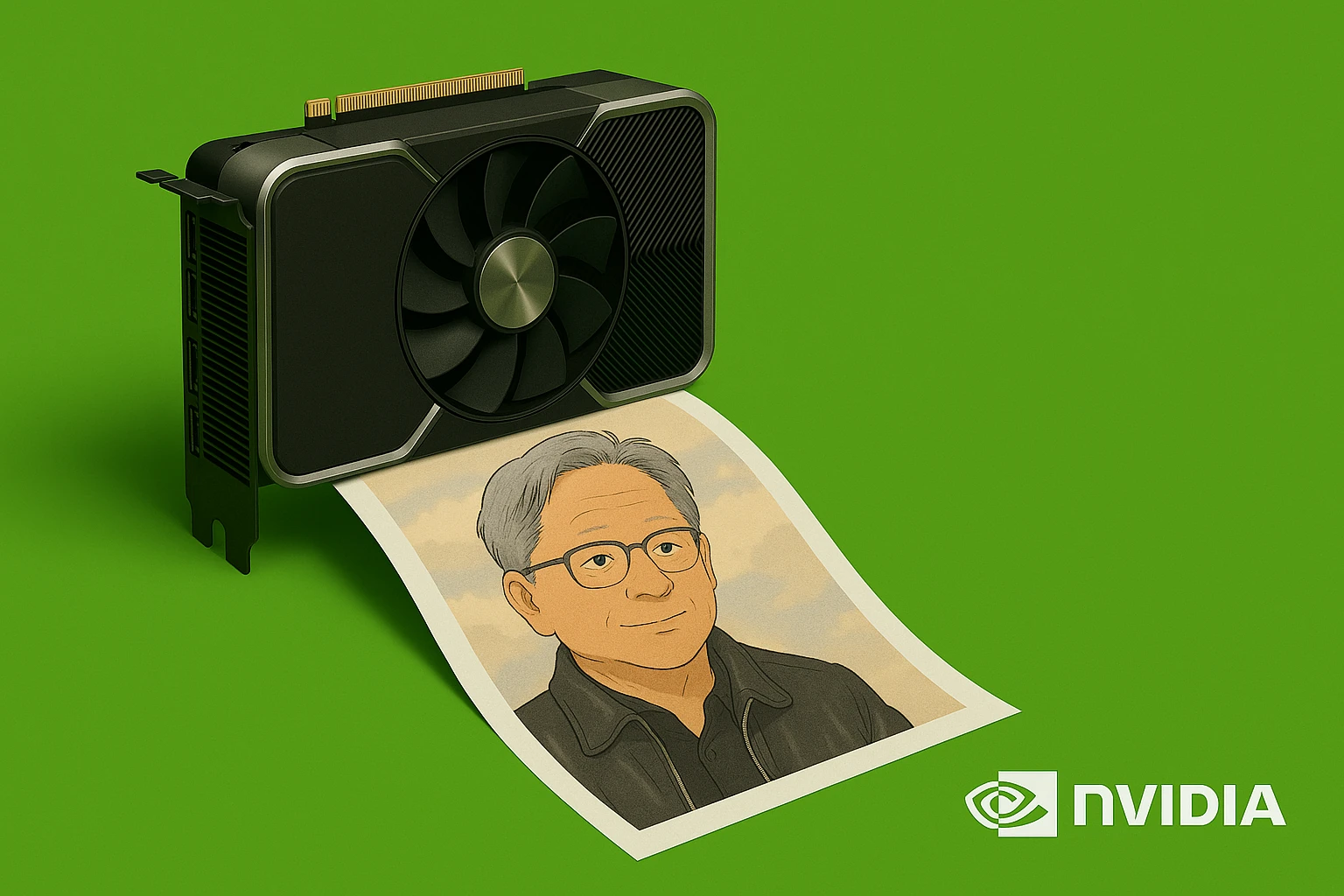
Key Points
- AI image generation is transforming industries from marketing to healthcare and beyond.
- NVIDIA's GPUs, CUDA platform, and integrated AI ecosystem drive technological innovation.
- The generative AI market could create an economic impact between $2.6 trillion and $4.4 trillion.
The AI image generation landscape is undergoing rapid transformation, with hyperrealism emerging as a dominant trend by 2025. Early AI art was easily distinguishable from human-created content, but advancing algorithms and expanding datasets are now producing visuals that are nearly indistinguishable from photographs or traditional artwork.
Industry giants are racing to capitalize on these advancements. OpenAI has integrated image generation directly into ChatGPT, replacing its previous DALL-E integration with more precise, context-aware capabilities that support complex ideas and conversational editing.
NVIDIA’s specialized GPUs have become the backbone of the AI revolution, offering the massive parallel processing power essential for training and running sophisticated image generation models. These chips are optimized to handle the complex mathematical operations powering neural networks.
The company’s H100 Tensor Core GPU represents the cutting edge of AI acceleration, specifically designed for the development and deployment of generative models. As image generation models demand more processing power for increased realism and detail, the need for NVIDIA’s technology continues to grow.
NVIDIA has strategically positioned itself as more than just a chip manufacturer by offering a comprehensive AI solutions platform. Its portfolio includes pretrained models for computer vision, speech, language understanding, and image generation.
Generative AI models like StyleGAN3 demonstrate NVIDIA’s leadership in high-quality image synthesis, enabling the generation of photorealistic training data with unparalleled control over style and content.
The economic potential of generative AI is staggering. McKinsey estimates that its annual impact could range between $2.6 trillion and $4.4 trillion, marking one of the largest technological value creation opportunities in recent history.
As image generation becomes central to industries from digital marketing to automotive safety, the demand for computational resources is set to expand. Research from MIT and NVIDIA shows that their HART hybrid image-generation tool can match or exceed state-of-the-art diffusion models while operating nine times faster.
Despite the promising outlook, NVIDIA faces significant challenges. Competition in the AI chip space is intensifying as established players like AMD and Intel, along with numerous startups, vie for market share.
The semiconductor industry’s cyclical nature means that massive capital expenditures and economic downturns could impact corporate spending on AI initiatives. Additionally, rapid advancements in AI technology risk eroding today’s competitive advantages if innovation does not continue.
Looking beyond 2025, the convergence of text, images, video, and audio into multimodal AI models is emerging as the next frontier. These models promise holistic content creation capabilities that integrate multiple forms of media.
NVIDIA’s robust hardware and software ecosystem is well-positioned to support these complex models, fostering innovations in immersive digital experiences and new avenues for artistic expression.
The explosion of AI image generation represents a significant technological shift with far-reaching implications across industries. NVIDIA’s advanced semiconductors and comprehensive AI ecosystem position the company to capture substantial value from the generative AI revolution. While the opportunities are immense, challenges such as intensifying competition, industry cyclicality, and potential regulatory hurdles remain critical factors for investors to consider.
Disclaimer
This article is for informational purposes only and should not be considered as financial advice.
Published: March 30, 2025
Last Updated: March 30, 2025

